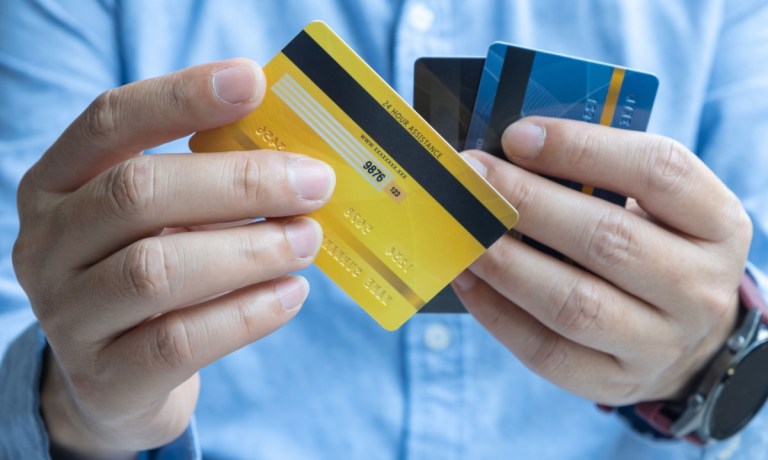And in the meantime, in the effort to combat those interest payment pressures, might it be the case that buy now, pay later loans see a wider embrace by U.S. households?
To that end, the latest quarterly report (for the second quarter of 2024) from the Federal Reserve on household debt noted that overall indebtedness was up in the quarter by 0.6%, reaching an aggregate of $17.8 trillion.
To get some perspective on just how much debt has been piled on through the last few years, we’ve loaded $3.7 trillion of card-related and other loans since before the pandemic.
Overall delinquency rates stood at 3.2% in the second quarter, unchanged from the first quarter.
Drilling down a bit, the Fed stated in its report that aggregate limits on credit card debt was up “modestly” by 1.4%, or $69 billion. Credit card balances increased by $27 billion to $1.14 trillion. “Other balances,” which include retail cards and other consumer loans, were effectively flat, with a $1 billion increase, as the Fed noted.
Advertisement: Scroll to Continue
Balances Transitioning to Delinquency
There may be data points indicating some cause for concern, as about 9.1% of credit card balances and 8% of auto loan balances have transitioned into delinquency over the past year. The Fed’s data shows that the “flow” of credit card debt that transitioned into “serious” delinquencies stood at 7.2% in the most recent quarter, up from about 5.1% in the second quarter of last year. Card delinquency rates thus remain “elevated,” the Fed said.
The data come as PYMNTS Intelligence has found that consumers — particularly paycheck-to-paycheck consumers — have become aware of the need to pay down debt, though they keep taking on new obligations. As detailed here, in the data gleaned from the “The Paycheck-to-Paycheck Report: Why 60 Percent of Gen Z’s Live Paycheck to Paycheck,” more than half of U.S. consumers are struggling to keep pace with their monthly expenses.
We found that 22% of baby boomers and seniors prioritize paying down debt, compared to 23% of Gen X consumers, 20% of bridge millennials and millennials, and nearly 19% of zillennials. In the meantime, those consumers who are less determined to pay down that debt either are unable to, or will find they have little breathing room with new obligations.
We’d note that buy now, pay later firms may be a direct beneficiary of the new(er) debt loads. As PYMNTS Intelligence has found, we’ve seen higher adoption among those facing economic challenges than those with a financial safety net. Specifically, 26% of those who live paycheck to paycheck with difficulties paying their bills said they were very or extremely likely to use BNPL in the next 12 months. Separately, other reports on BNPL have noted that, in response to PYMNTS queries, using BNPL holds value as a budgeting tool.




